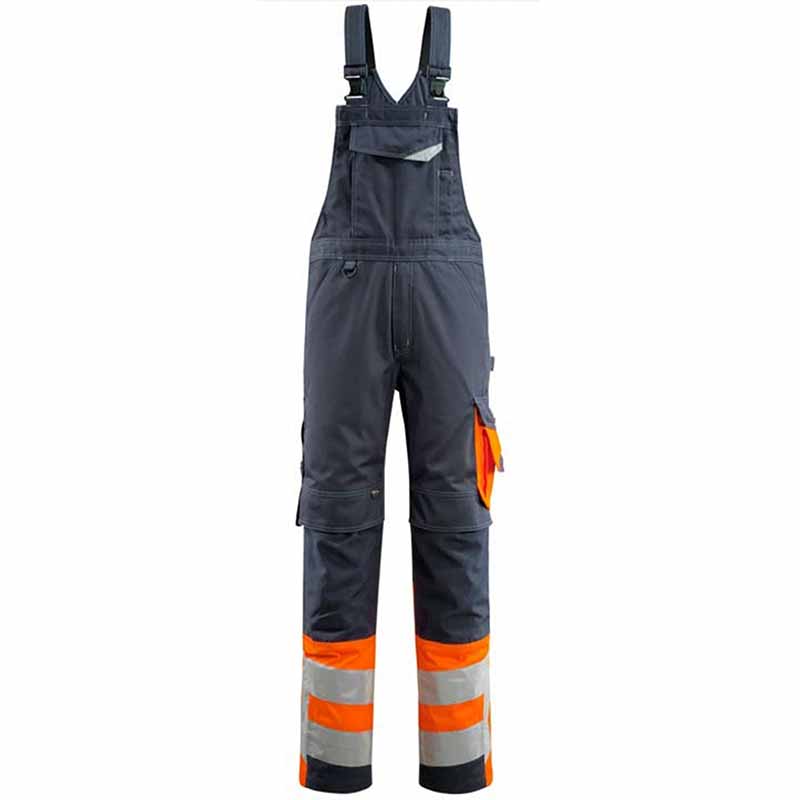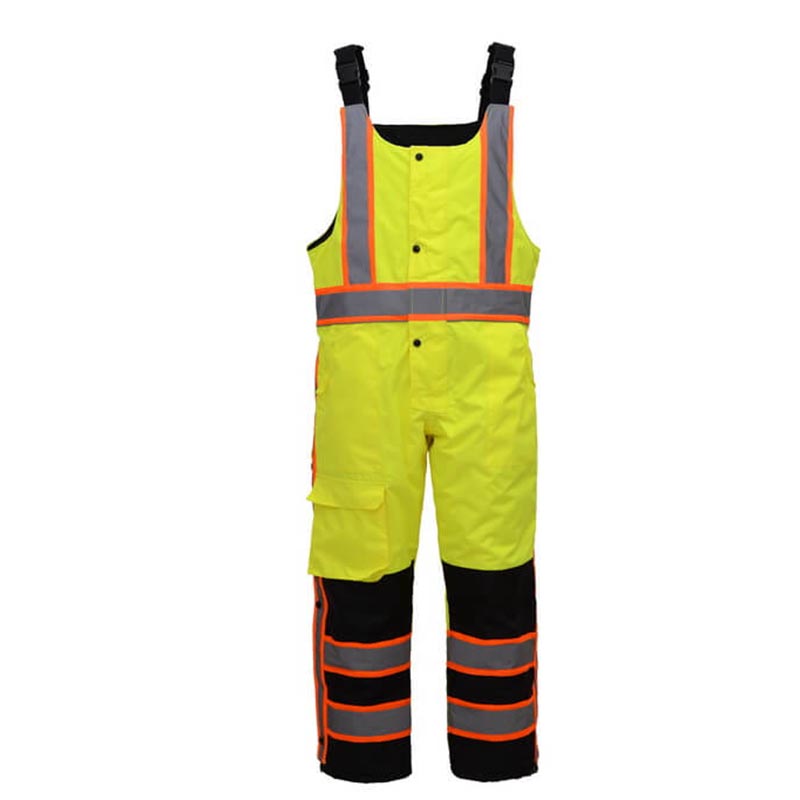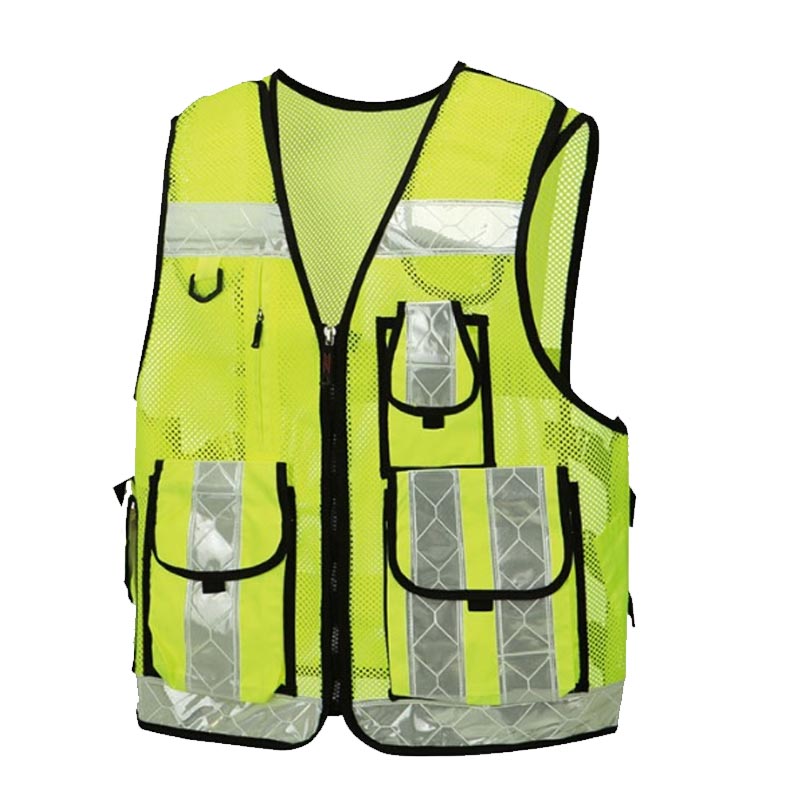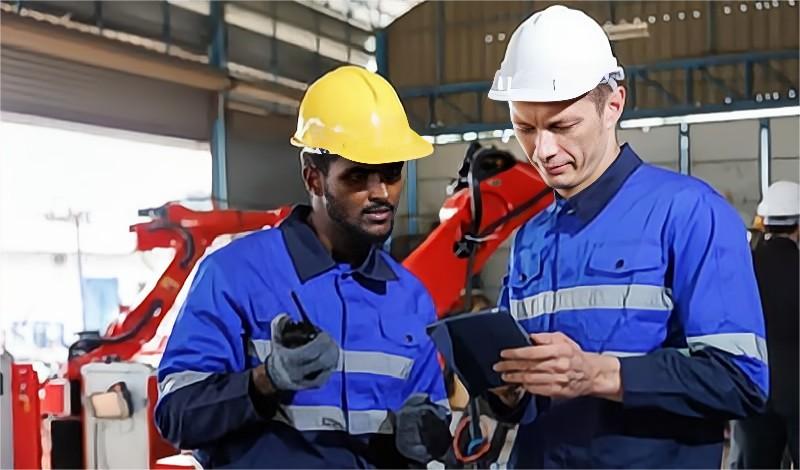Introduction
Safety overalls, a vital piece of protective gear, are used across a multitude of industries. From construction to chemical handling, they are designed to protect you from potential hazards in the workplace. This guide will walk you through the ins and outs of safety overalls, including what they are, why they’re important, how to choose the right one, and how to properly care for them.
What are Safety Overalls?
Safety overalls are a type of protective clothing designed to protect workers from various hazards. They are typically made from durable, stain-resistant materials that can withstand harsh working conditions. These overalls often come with specific features, such as flame resistance or high-visibility markings, depending on the nature of the job.
Why are Safety Overalls Important?
Safety overalls serve a critical role in protecting workers from potential harm. They not only offer physical protection from environmental hazards but also enhance visibility in low-light conditions. Regular cleaning and maintenance are necessary to keep these protective properties intact. Washing your safety overalls can maintain their cleanliness, effectiveness, and longevity, ensuring that you get the most out of your investment.
Different Types of Safety Overalls
When it comes to safety overalls, there’s no one-size-fits-all solution. Different jobs and environments require different types of protection, and that’s where various safety overalls come into play. Here’s a rundown of some of the most common types of safety overalls you’ll find:
High-Visibility Safety Overalls

High-visibility safety overalls, or ‘hi-vis’, are designed to make the wearer more visible in the workplace. They’re typically brightly colored and feature reflective strips for enhanced visibility in low-light conditions. They’re crucial in industries where workers might be around moving vehicles or equipment, like construction, road work, or warehousing.
Flame-Resistant Safety Overalls
Extreme heat, and flame-resistant overalls are essential. These overalls are made with special materials designed to resist ignition, prevent the spread of flames, and protect the wearer from burns. Industries like welding, firefighting, and oil and gas often require flame-resistant overalls.
Anti-Static Safety Overalls
In environments where static electricity can pose a risk – such as in electronics manufacturing or explosive atmospheres, – anti-static safety overalls are necessary. These overalls are made with materials that dissipate static electricity, reducing the risk of static discharge that could cause an explosion or damage sensitive equipment.
Cold-Weather Safety Overalls
For those working in cold environments, cold-weather safety overalls provide insulation to keep workers warm. These overalls often have thermal lining and water-resistant features to protect against cold, wet conditions. They’re commonly used in industries like cold storage, outdoor construction in winter, and sea or mountainous work.
Multi-Hazard Safety Overalls
Some job sites pose multiple risks, and in these cases, multi-hazard safety overalls might be the best choice. These overalls combine several protective features, like flame resistance, high visibility, and chemical resistance, to provide comprehensive protection.
Safety Overalls: A Must-Have for Certain Industries
Certain industries, by the nature of their work, make the use of safety overalls a necessity. These include:
- Construction: Construction workers are exposed to a wide range of potential hazards, such as flying debris, sparks, or heavy equipment. Overalls provide an additional layer of protection against these dangers.
- Oil and Gas: Workers in the oil and gas industry often deal with highly volatile substances. Flame retardant overalls can help protect these workers from potential fires or explosions.
- Manufacturing: In manufacturing facilities, workers may be exposed to a variety of substances that could stain or damage regular clothing. Overalls can protect the worker’s clothing and body from these substances.
How to Choose the Right Safety Overall?
When choosing a safety overall, consider the following aspects:
- Type of Hazards: The type of hazards you’ll be exposed to at work will determine the kind of safety overall you need. For example, if you’re working with chemicals, you’ll need an overall that’s resistant to chemical spills.
- Fit and Comfort: Since you’ll be wearing the safety overall for extended periods, ensure it fits well and is comfortable. A poorly fitting overall can restrict movement and may not offer optimal protection.
- Durability: Opt for overalls made from durable materials to withstand the rigors of your work environment. Check for reinforced stitching and high-quality fastenings.
- Visibility: If you’re working in low-light conditions or where visibility is crucial, choose high-visibility safety overalls.
How do Care for Safety Overall?
Proper care can significantly extend the life of your safety overall and maintain its protective properties. Here are some tips:
- Always read and follow manufacturer instructions: Different safety overalls may have different care instructions. Always check the label and follow the guidelines provided
- Clean regularly but not excessively: While it’s important to clean your safety overall regularly, excessive washing can lead to fading and reduction in the garment’s protective qualities. Try to wash once or twice a week and rotate your safety overall if you have more than one.
- Use appropriate detergents: Avoid using harsh detergents, bleach, or fabric softeners as they can damage the fabric of the safety overall. Opt for mild and biodegradable liquid detergents, as they are generally safer for your protective clothing.
- Handle with care: Avoid practices that can potentially damage your safety overall. After washing, ensure the overall dry completely before storage. If hanging to dry, keep it away from direct sunlight.
- Regular inspection and timely replacement: Regularly check your safety overall for any signs of damage or wear. If it’s damaged or has gone through a significant incident, it’s best to retire it and get a new one.
Why Choose Lino Safety as Your Safety Overall Supplier
When it comes to safety workwear, choosing the right supplier is just as important as the care and maintenance of your gear. Lino Safety stands out as a leading supplier for a few key reasons:
Quality
At Lino Safety, we pride ourselves on providing top-notch safety overall. Crafted from the best materials and designed with the user’s comfort and protection in mind, our workwear is built to withstand even the harshest working environments.
Range
We understand that safety needs can vary greatly across different industries and job roles. That’s why we offer a wide range of safety workwear options to cater to these diverse needs. Whether you need hi-vis jackets, safety overalls, protective footwear, or any other type of safety gear, we’ve got you covered.
Durability
Our products are not just high-quality; they’re also durable. We know that workwear is an investment, so we ensure that our products stand the test of time. With proper care, you can expect your Lino Safety gear to serve you well for a long time.
Customer Service
We don’t just sell safety workwear – we also provide excellent customer service. Our knowledgeable team is always on hand to help you choose the right gear for your needs and answer any questions you may have. Plus, we offer fast and reliable delivery services to ensure your safety workwear arrives when you need it.
Frequently Asked Questions
We understand that you might have a few questions about safety overalls and our services at Lino Safety. Here are the answers to some of the most frequently asked questions we receive.
What types of safety overalls do you offer?
At Lino Safety, we offer a wide range of safety overalls suitable for a variety of industries and job roles. Our range includes overalls with high-visibility features, fire-resistant materials, and reinforced stitching for added durability. If you have specific needs or requirements, our team is more than happy to help you find the right solution.
How often should I replace my safety overalls?
The frequency of replacement depends on a few factors, such as the nature of your work and how well you care for your overalls. As a rule of thumb, you should replace your safety overalls when they show signs of wear and tear that could compromise your safety, such as tears, fraying, or fading high-visibility features.
How should I wash my safety overalls?
Safety overalls should be washed according to the manufacturer’s instructions to maintain their protective features and prolong their lifespan. Generally, this involves machine washing in cold water, avoiding harsh detergents, and air drying.





